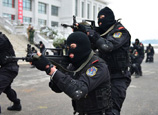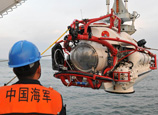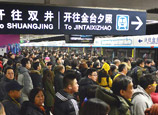
3. Period of severe disaster (1912-1949)
During the Republic of China period, due to years of war and warlord regimes, the then government was reluctant and unable to promote drug control, making drug harms reach the peak. Like other places in the country, Guizhou entered a period when the drug situation was the most severe. In Guizhou, which was ruled by the warlord government, although opium was publically prohibited, the trade kept on in private. Guizhou also levied taxes on sales, and carried out opium policies. “opium tax” became the main financial source at that time. (According to records, the normal taxes were only able to support government spending for one month, and all the rest expenditure relied on opium taxes.) The government collected various kinds of opium control taxes, established “opium control tax,” “ export sales tax,” “transit tax,” “business protection fee,” and “opium control fine,” and even trafficked opium in arms to seek high profits. This stimulated the plantation of opium poppy, and the production and trade of opium in Guizhou, where the farmers also considered the planting of opium poppy as main economic income. (In 1935, opium poppy was planted in more than two thirds of the arable land in Guizhou. At that time, it even happened that opium poppy was planted in large land lots, and crops in small lots.) The planting and production of opium undoubtedly stimulated opium consumption, and aggravated opium abuse. According to statistics, three million out of the 14 million population in Guizhou abused opium, indicating a proportion as high as 21.4%. In the city of Guiyang alone, there were more than 2,000 opium dens, and 40,000 people out of its 230,000 population were addicted to opium. (According to records, in 1906, Sichuan, Yunnan, and Guizhou in Southeast China accounted for 55% of the total opium production nationwide. Opium even became the pillar industry and opium harm reached the peak during the reign of the Kuomintang. The crude opium produced in Yunnan, Guizhou, Sichuan, and Xikang were sold in the north route along Chengdu to Gansu and Shaanxi, the east route along Chongqing to Yichang, Hankou, and Shanghai, the south route along Guizhou to Guangxi, Guangdong, Hong Kong, and Macao, and the west route along Yunnan to Vietnam and Myanmar.)
















 Busiest line in Beijing: Subway line 10 has reached a daily transportation of 1 million passengers on average
Busiest line in Beijing: Subway line 10 has reached a daily transportation of 1 million passengers on average


![]()
